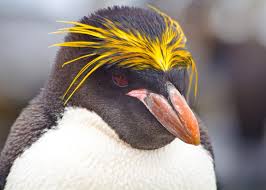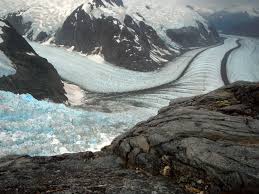Souvenir Sheet: Emperor Penguin (Aptenodytes forsteri), Polar Bear (Ursus ma (Belarus 2011)
Emperor Penguin (Aptenodytes forsteri), Polar Bear (Ursus ma (Belarus 2011)
11 February (Belarus ) within release Preservation of the poles and glaciers goes into circulation Souvenir Sheet Emperor Penguin (Aptenodytes forsteri), Polar Bear (Ursus ma face value 12000 Belarusian ruble
| Souvenir Sheet Emperor Penguin (Aptenodytes forsteri), Polar Bear (Ursus ma in catalogues | |
|---|---|
| Michel: | Mi:BY 847-848 (Bl.83) |
Souvenir Sheet is square format.
Also in the issue Preservation of the poles and glaciers:
- Stamp - Preservation of the Poles and glaciers face value 1500;
- Stamp - Preservation of the Poles and glaciers face value 2500;
- Stamp - Preservation of the Poles and glaciers face value 5х1500;
- Stamp - Preservation of the Poles and glaciers face value 5х2500;
- Stamp - Preservation of the Poles and glaciers face value 1500;
- Stamp - Preservation of the Poles and glaciers face value 2500;
- Stamp - Sheetlet face value 12000;
- Mini Sheet - Emperor Penguin (Aptenodytes forsteri) face value 5*1500;
- Souvenir Sheet - Emperor Penguin (Aptenodytes forsteri), Polar Bear (Ursus ma face value 12000;
- Stamp - Emperor Penguin (Aptenodytes forsteri) face value 1500;
- Mini Sheet - Polar Bear (Ursus maritimus) face value 5*2500;
- Stamp - Polar Bear (Ursus maritimus) face value 2500;
Souvenir Sheet Emperor Penguin (Aptenodytes forsteri), Polar Bear (Ursus ma it reflects the thematic directions:
Penguins are a group of aquatic flightless birds from the family Spheniscidae (/sfɪˈnɪsɪdiː, -daɪ/) of the order Sphenisciformes (/sfɪˈnɪsəfɔːrmiːz/). They live almost exclusively in the Southern Hemisphere: only one species, the Galápagos penguin, is found north of the Equator. Highly adapted for life in the ocean water, penguins have countershaded dark and white plumage and flippers for swimming. Most penguins feed on krill, fish, squid and other forms of sea life which they catch with their bills and swallow whole while swimming. A penguin has a spiny tongue and powerful jaws to grip slippery prey
A glacier (US: /ˈɡleɪʃər/; UK: /ˈɡlæsiər, ˈɡleɪsiər/) is a persistent body of dense ice that is constantly moving under its own weight. A glacier forms where the accumulation of snow exceeds its ablation over many years, often centuries. It acquires distinguishing features, such as crevasses and seracs, as it slowly flows and deforms under stresses induced by its weight. As it moves, it abrades rock and debris from its substrate to create landforms such as cirques, moraines, or fjords. Although a glacier may flow into a body of water, it forms only on land and is distinct from the much thinner sea ice and lake ice that form on the surface of bodies of water.


